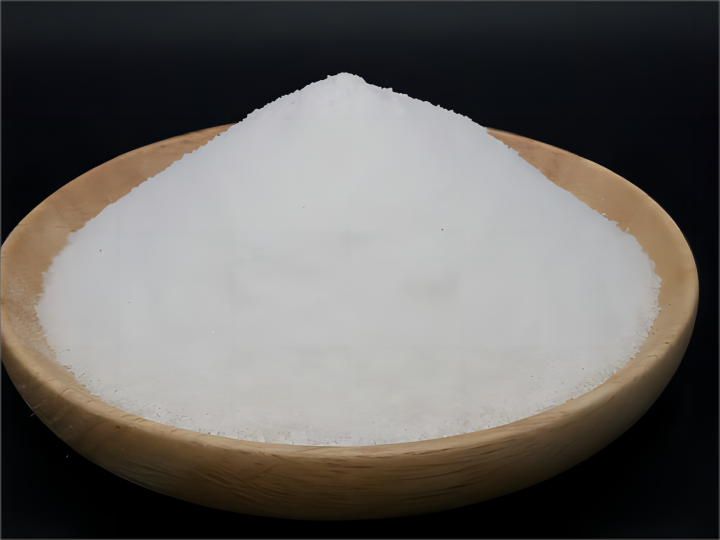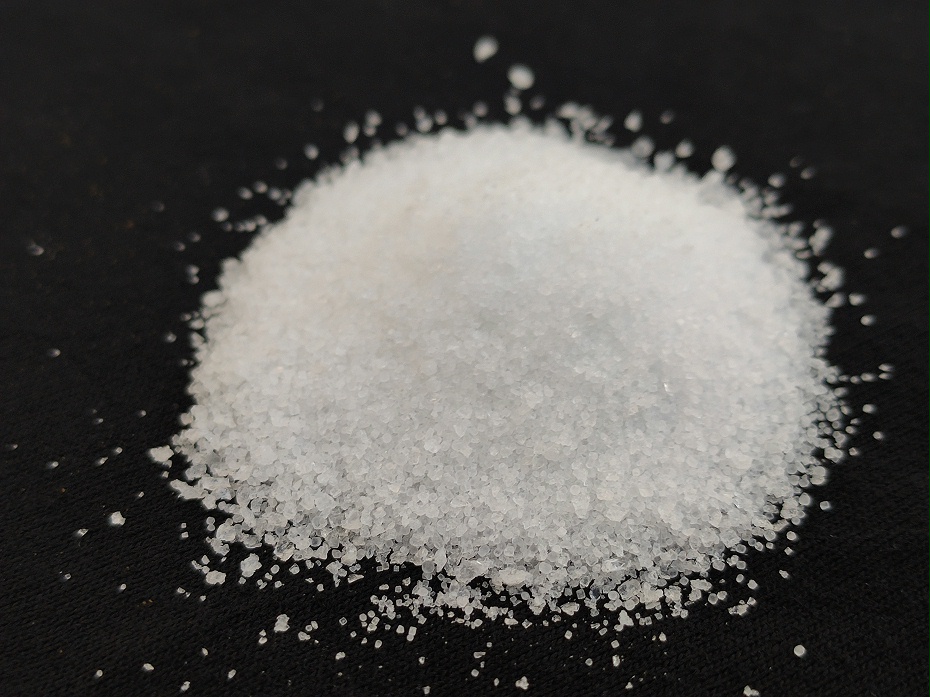What is The Role of Textile Polyacrylamide?
March 12, 2024
The textile industry is one of the industries with high labor intensity, high water consumption and industrial wastewater discharge. Textile industrial wastewater pollutants are mainly salts, oils, lipids, and a variety of slurries, dyes, auxiliaries, etc., which are added during processing, and its main problem is that the pH value is not easy to control, the BOD and COD value is high, the industrial wastewater is darker, easy to discolor, and the water quality and water quality is unstable. Polyacrylamide plays an important role in textile wastewater treatment as a water treatment product.
1.Mercerized industrial wastewater. Alkaline-based, pH 12-13, containing a large number of fiber debris and other suspended solids, BOD, COD value is high;
2.Dyeing industrial wastewater. There are differences in fiber types, dye types and concentrations, auxiliaries and proportions, industrial wastewater pollution levels, etc., mainly organic dyes and surfactants, alkaline COD and BOD is high but less suspended matter;

3.The printing industry wastewater. Mainly containing organic dyes, surfactants and other pollutants, COD, BOD value is high;
4.Desizing wastewater treatment. Containing a variety of pulp and its decomposition, fiber chips, acid, alkali and enzyme pollutants, etc., starch pulp industrial wastewater BOD, COD is high, pulp industrial wastewater COD is high, BOD is less than 5mg / L;
5.Cooking and refining industrial wastewater. Cotton fiber industrial wastewater is highly alkaline, COD, BOD value is high (up to thousands of mg / L), the amount of water is large, the level of pollution is high, brown, while the chemical fiber industrial wastewater pollution level is low;
6.Bleaching industrial wastewater. High water content and light pollution;
7.Removal of process industrial wastewater. Mainly contains fiber chips, resin, formaldehyde, oil and slurry, a small amount of water.

After proper adjustment of water quality and quantity in the regulating pool, then lift the pump to the coagulation pool, add Sodium Hydroxide in the coagulation pool to regulate the acidity of industrial wastewater, add aluminum chloride in the coagulation pool to electrically neutralize and bridge the colloids and particles in the industrial wastewater, add Polyacrylamide in the coagulation pool to make the flocculation of the coagulated colloids and particulate matter. The end flocculation is followed by the next step of treatment.
Among the Additives, anionic or nonionic Polyacrylamide, Polymeric Aluminium Chloride, sodium hydroxide, etc. are mainly used. In the early stage of sewage treatment, the sludge in the sedimentation tank and the second sedimentation tank enters into the sludge tank, and cationic polyacrylamide is added to adjust the concentration of sludge and reduce the water content, and the adjusted sludge is sent to the filter press for filtration, and the filtrate after filtration is refluxed to the hydrolysis and acidification tank to continue treatment, and the dry-pressed sludge can be filled into the landfill or transported out of the country for treatment.




